Difference between Power Lithium Battery and Energy Storage Lithium Battery
Power lithium battery and energy storage lithium battery it is two common lithium battery types, which have some significant differences in usage, performance and design. The following is the difference between power lithium battery and energy storage lithium battery:
-
usage and application fields:
- the power lithium battery is mainly used in electric vehicles, hybrid vehicles, electric bicycles and other scenarios that require high power output and frequent charging and discharging. Power lithium batteries require high power density to support high power requirements such as acceleration, braking and long-distance driving of vehicles.
- Lithium battery for energy storage is mainly used in scenarios that require long-cycle charging and discharging and large-capacity energy storage, such as energy storage system, solar energy storage, wind energy storage, power grid peak regulation, etc. Energy storage lithium batteries require high energy density and cycle life to support long-term energy storage and release.
-
Design and structural features:
- the power lithium battery usually adopts the design of compact structure and light weight to meet the requirements of lightweight design for applications such as electric vehicles. The positive electrode, negative electrode and electrolyte of power lithium battery usually use materials with higher cost to achieve higher power density and cycle life.
- Lithium battery for energy storage usually adopts a structure with simple design and low cost to meet the requirements of energy storage system and other applications for cost-effectiveness and long cycle charging and discharging. The cathode, cathode and electrolyte of lithium battery for energy storage usually use materials with lower cost to achieve higher energy density and cycle life.
-
Performance indicators and requirements:
- power lithium batteries require high power density to support high power output requirements such as vehicle acceleration, braking and high-speed driving. At the same time, the power lithium battery also requires high charging speed and cycle life to meet the requirements of high performance and long service life for applications such as electric vehicles.
- Lithium battery for energy storage requires high energy density and cycle life to support energy storage and release of energy storage system for a long time. At the same time, lithium battery for energy storage also requires high safety and stability to meet the demand of long-cycle stable operation of energy storage system.
-
Cost and market demand:
- the design and manufacturing costs of power lithium batteries are usually relatively high, but due to the rapid growth of markets such as electric vehicles, the market demand for power lithium batteries is relatively large and has relatively high market competitiveness.
- The design and manufacturing costs of lithium battery for energy storage are relatively low, and with the rapid development of markets such as renewable energy and power grid peaking, the market demand for lithium battery for energy storage is also increasing, it has good market prospect and development potential.
There are obvious differences between power lithium battery and energy storage lithium battery in terms of application, design, performance and market demand. Understanding these differences is helpful to select lithium battery types suitable for specific application scenarios and promote the wider application of lithium batteries in electric vehicles, energy storage systems, renewable energy and other fields.
 Dongguan Juneng New Energy Technology Co., Ltd.
Dongguan Juneng New Energy Technology Co., Ltd.
 137 5142 6524(Miss Gao)
137 5142 6524(Miss Gao)
 susiegao@power-ing.com
susiegao@power-ing.com
 Xinghuiyuan High tech Industrial Park, Dalang Town, Dongguan City, Guangdong Province
Xinghuiyuan High tech Industrial Park, Dalang Town, Dongguan City, Guangdong Province


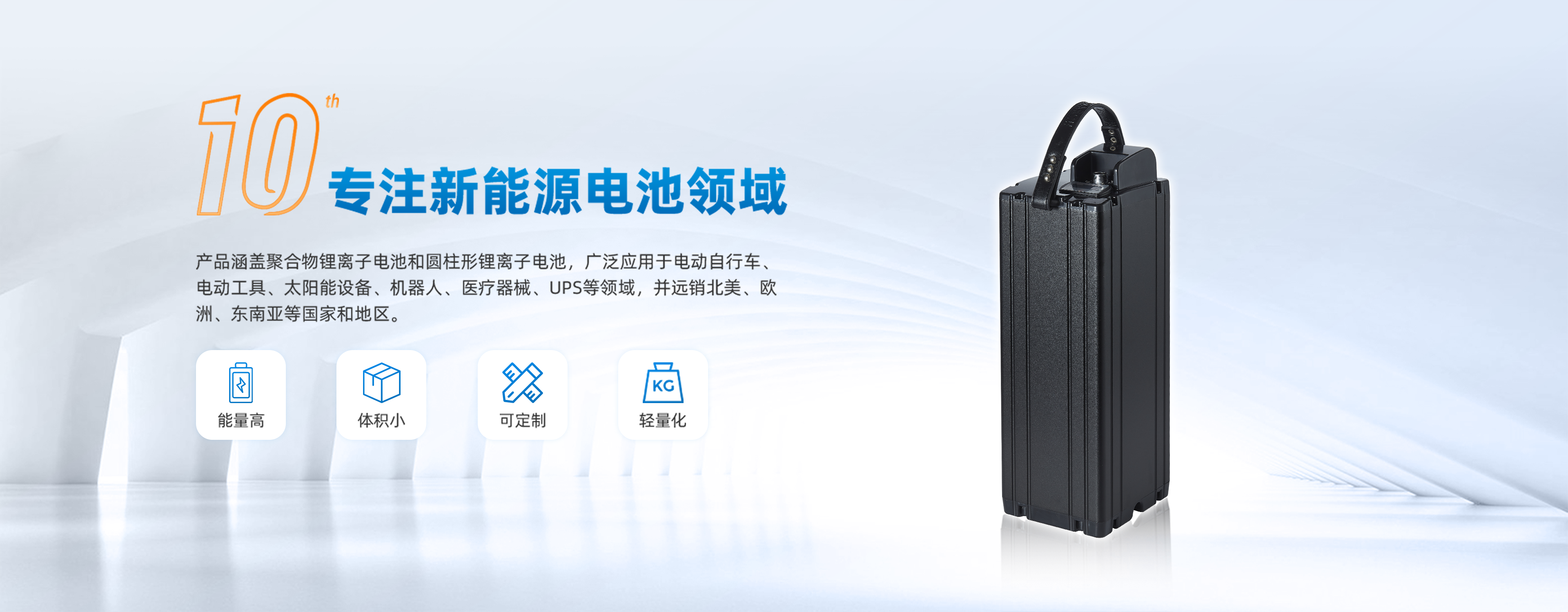
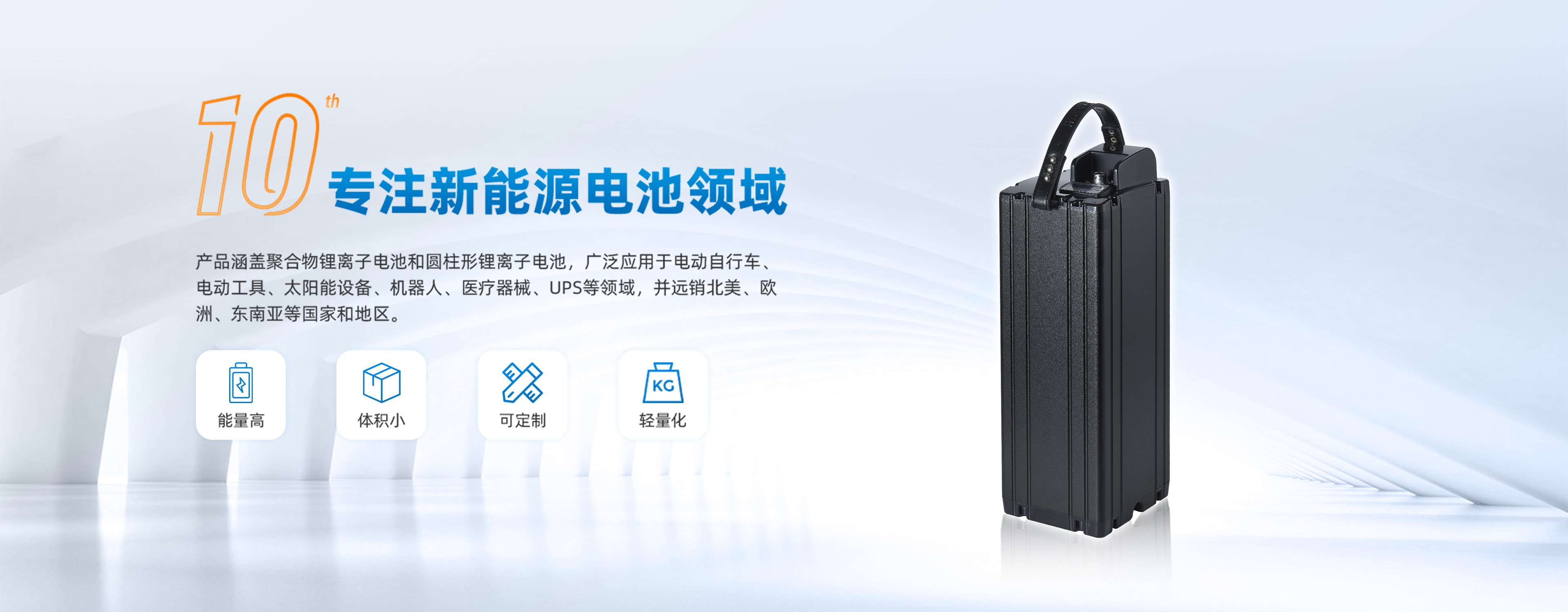
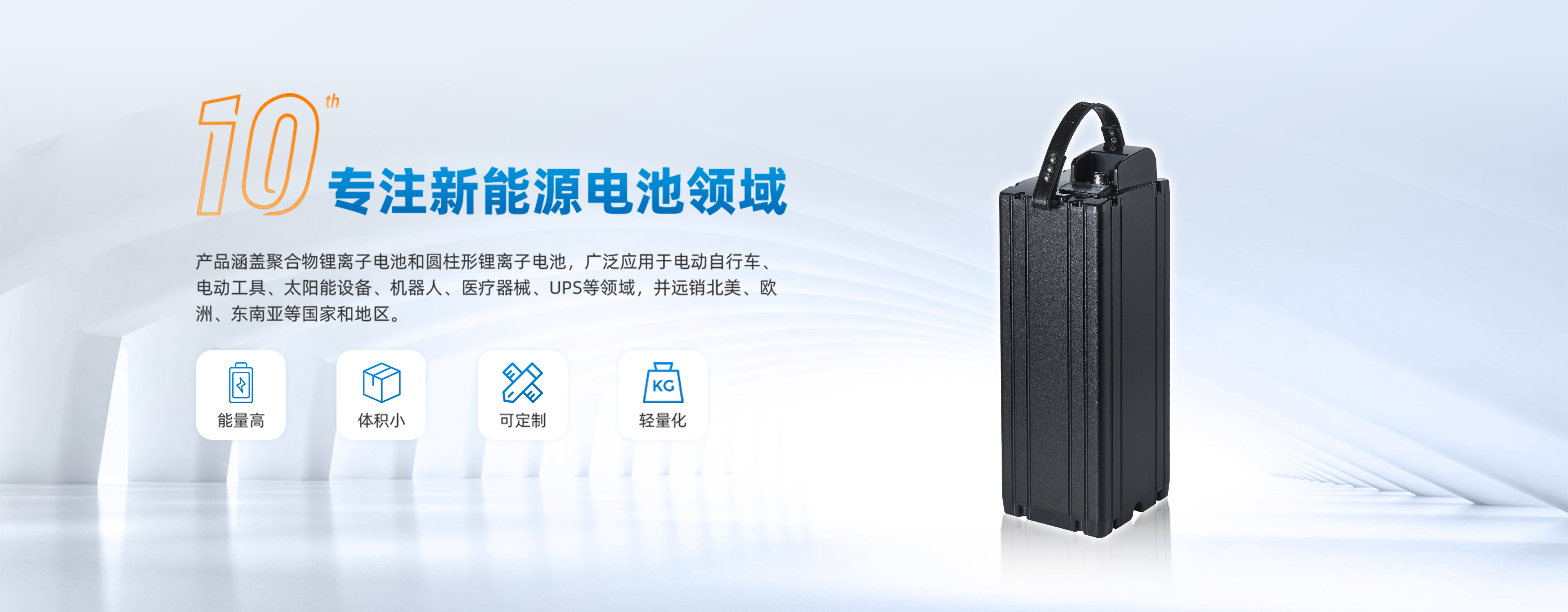



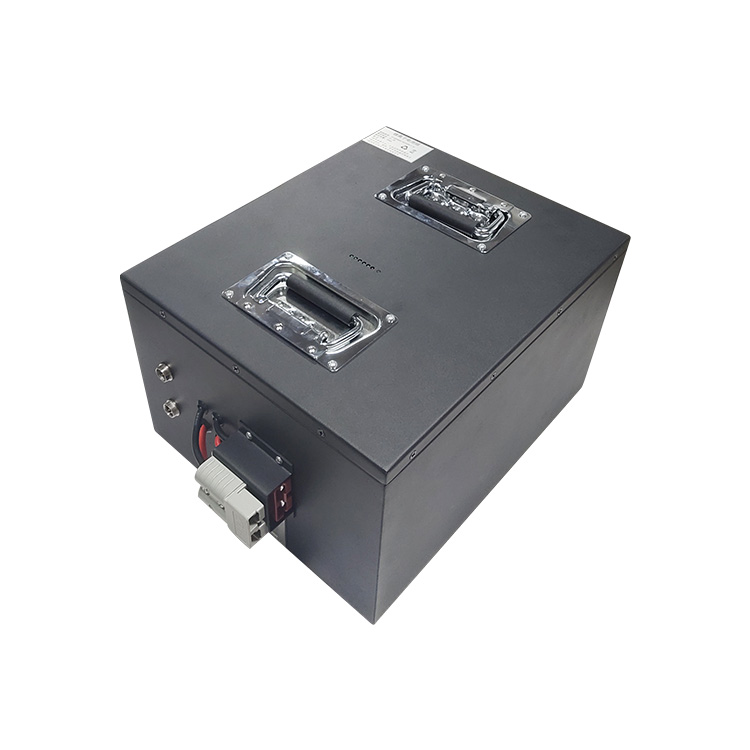


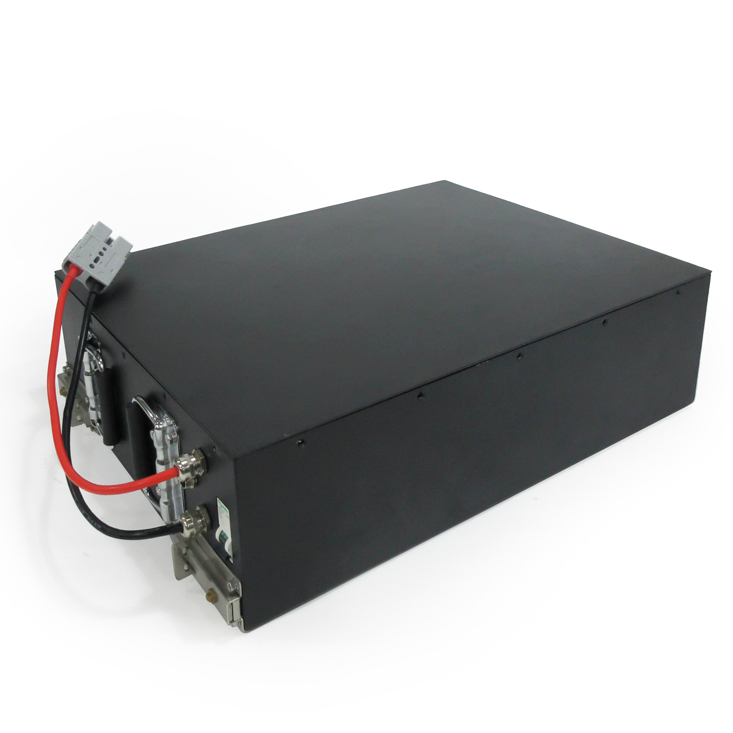

 Yue Gong Wang An Bei No. 4419002007491
Yue Gong Wang An Bei No. 4419002007491